Hey guys, it's Scott.
It is Tuesday, December 20th, I can't believe it's so close to Christmas! Happy Hanukkah to everybody that celebrates. I am back from Florida as of just a couple hours ago.
I am jetlagged. I flew down on Sunday night basically on a redline. I got in after midnight and went to CGC headquarters, which is a sight to behold, in Tampa, FL. I met up with brother Greg Capullo and Tony Daniel and Charles Soule and Ryan Browne and Jon Glapion.
And we signed a ton of books that you guys sent down for CGC.
But I also signed all of the Black Jackett Club remainder books, so some of the stuff that was too heavy or too awkward if you did statue bases and all kinds of stuff like that to transport up to my house.
So absolutely everything should be going out, really, this week into next.
So we're really excited to get everything back to you. And also, thank you guys! People have been signing up for the Black Jackett Club a lot. And so we're keep it open a little bit in anticipation that some people might not renew their memberships. I spoke to Doug who helps run the whole club, and he feels as though even if we wind up expanding by a bit and not just replacing people, we can handle it. So if you want to sign up or you want to gift somebody a subscription, now's the absolute time because we will have to close it sometime soon. You can also give people annual subscriptions to the regular Best Jackett subscriber club, which gets you the class and everything archived that we've already done in the class and you get to skip the line at cons and you get to send in your two books once a year. All that good stuff.
So anyway, we can put graphics here. Tyler, the best assistant ever, can put something here explaining all that stuff:
But because it's Tuesday, I feel like I've answered two of your questions from the many that we've gotten in comments:
thenightnerd asks, “When self publishing, is it better to try and tell single issue stories, 3-6 issue arcs or long form? What are the pros and cons of each?”
It's really subjective, nightnerd. I mean, the thing is, it depends on what your purposes are. If what you're trying to do is get a pickup, if what you want to do is self-publish one issue so that you can find a partnership with a publisher—a small publisher, a big publisher—so that they take on the book and you sell them the publishing rights, then one issue is probably good because it's sort of your pitch. It's your big opening issue, it's got your main characters, it's got the main conflict, if you're doing everything that we teach in the class then it's showing the scope of the whole thing. You're really announcing what it is, voice and vision, all of it. And that should be enough to get you a contract if that's what you're looking for.
If you're talking about literally just publishing in perpetuity, then I'd say do whatever arc feels the best for your story organically. I mean, the only thing is, understand the economics of publishing a book. The thing that people I think forget is how expensive it is a lot of the time to make a comic, because you're paying not just the artist and obviously trying to pay yourself, but you're also paying a colorist, possibly an inker, you're paying a letterer, if you want to distribute the book, you're paying to print it, you're paying, then, to ship it. However you're doing it, whether you do it through Kickstarter, whether you do it just absolute self-publishing where you're just putting it up on Gumroad or any of your own site, it can be really expensive. So you want to make sure you have an economic model that fits your budget. That's really part of it. You don't want to plan to do a six-issue series and then realize you only have enough money for three issues.
When we do an Image book, what we do on Undiscovered Country, we don't take any money as writers, me and Charles, off of the first arc. Essentially we say that we can live on other things while we put that money back into the book to make sure that we have enough in what Charles calls a ‘lockbox.’ But it’s in a lockbox, essentially, to pay for six issues ahead. So as long as we always have enough to pay for the next arc, then we'll pay ourselves out.
So whatever system works for you, it's just important to understand the finances of your own book and really, really budget it out, every single cost, so that you can say to yourself, “I have enough for a three-issue arc. Okay, great. I'll do a story that fits that.” “Oh, no, I actually have enough for six issues. Great.” So it really, again, is just totally subjective based on the goals that you're approaching the project with.
Okay, second question:
JohnDafos asks, “How many script revisions do you aim to do before committing to print, and how many outline revisions do you typically do before scripting/writing?”
So for me, I have a loose outline. Everyone needs to know different things before they start and you’ve got to honor your own process, right? I have a friend, again, if they know the ending to the story, they feel it's very boring and can't do it. I have another friend who needs to know every single beat of every single issue and maybe they change it a little bit as they go, but the outline is extensive and has every single major emotional and plot development written out and they’re like 20 page documents for six-issue arcs. Me, I'm really in the middle. I need to know the big emotional beats that go in that three-act structure model. And I need to know a couple plot twists that support that.
Basically, if it's six-issue arc, I know my issue #1 pretty well, I know the beginning of my issue too, and I know the big point that propels things around the middle of issue #3, the hook at the end of issue #3 where there'll be something big that happens, and then I know the final act—I know the climax and what I'm saying at the end. So there's room in the middle there, there's room, basically, between middle of issue #2 to issue #3 ending, and then issue #4 can be a little bit malleable, and then by issue #5/6, I'm kind of locked back into my outline. So for me personally, that's the format that works best is to know that much and to not know that much. And whatever works for you, you should just follow because, again, it's about finding your sweet spot. Don't follow a formula that says you need to know every single beat if it doesn't work for you and makes you feel like you're writing a dinner recipe.
Okay, the other thing you're asking here is how many script revisions I do before I start. I don't! My weird method is that I talk it through a lot. So I'll talk it to James Tynion or Tyler or our editor Will and other people. I'll go over the issue in beats. And I especially go over it with my co-creator, with the artist, and say, “What do you think—this happens, then this happens, and this happens, and this happens, and this happens.” And I walk him through the general beats, and if they agree and they like it, or they add any ideas, or any of that stuff, great. But what I do is then I write a draft, I look at it, I send it to my editors, to Will and Ty, and I send it to a couple friends. And if they like it, then I sort of go from there.
But one thing I'll say as a caveat is my favorite point is when the art comes back in after you've written that initial script. This is the point in which you can actually change a lot of things based on the strength of the visual storytelling and reevaluate if you need the script as it was when it comes to dialogue or narration. And it's a wonderful moment of surprise because a lot of the time, if not every time, you’ll look at the art and have new ideas for things people can say, you'll start to see that there's some things that might sound redundant because the visual storytelling is so strong that the emotional thing you're getting across in dialogue is clear just from the expression on the face.
So let yourself at least react to that. Let yourself be open to changing things based on the linguistics of the art and everything being communicated through the art. That's another phase where you almost get a rewrite in there. And that's it. And then I do a lettering draft and a pass after that, so those are kind of all the things there.
Also, I really want to tell you about one book I really hope you'll pick up next week. It's by a good friend, Pornsak Pichetshote, and he is the author of the incredible series The Good Asian over at Image. If you have not read that you must pick it up, it won the Eisner. But now he's doing Dead Boy Detectives over at DC, which is a fantastic series with Jeff Stokely.
I mean, it's gonna be incredible. So I really hope you'll check it out. #1 comes out next week if there's one comic you pick up next week by someone not us. Great people on the book, great story, it's absolutely worth your time and it'll open the door to a whole fun mythology with many other series that you'd like, too. So thank you guys, and Friday we'll have another big post. Bye!
S
P.S. Here’s some Quinn energy for the road. Pump up the jam buddy!




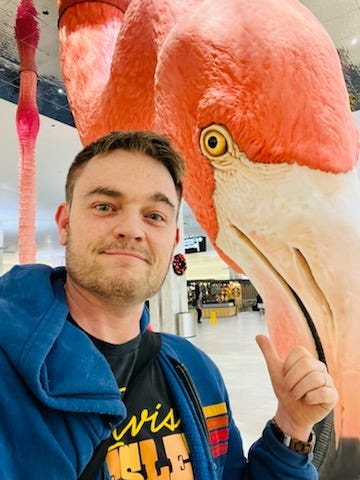



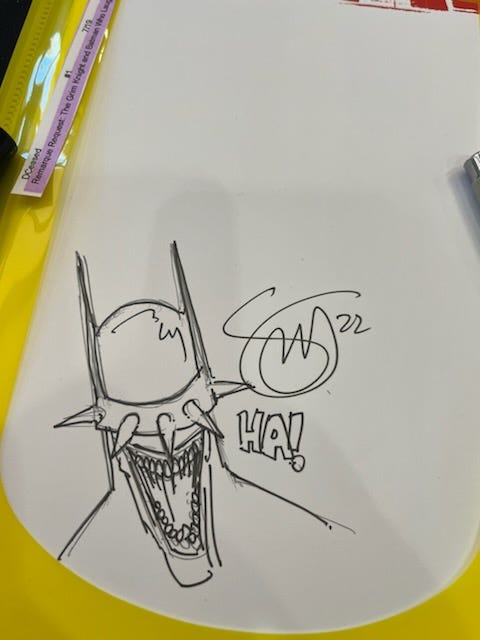



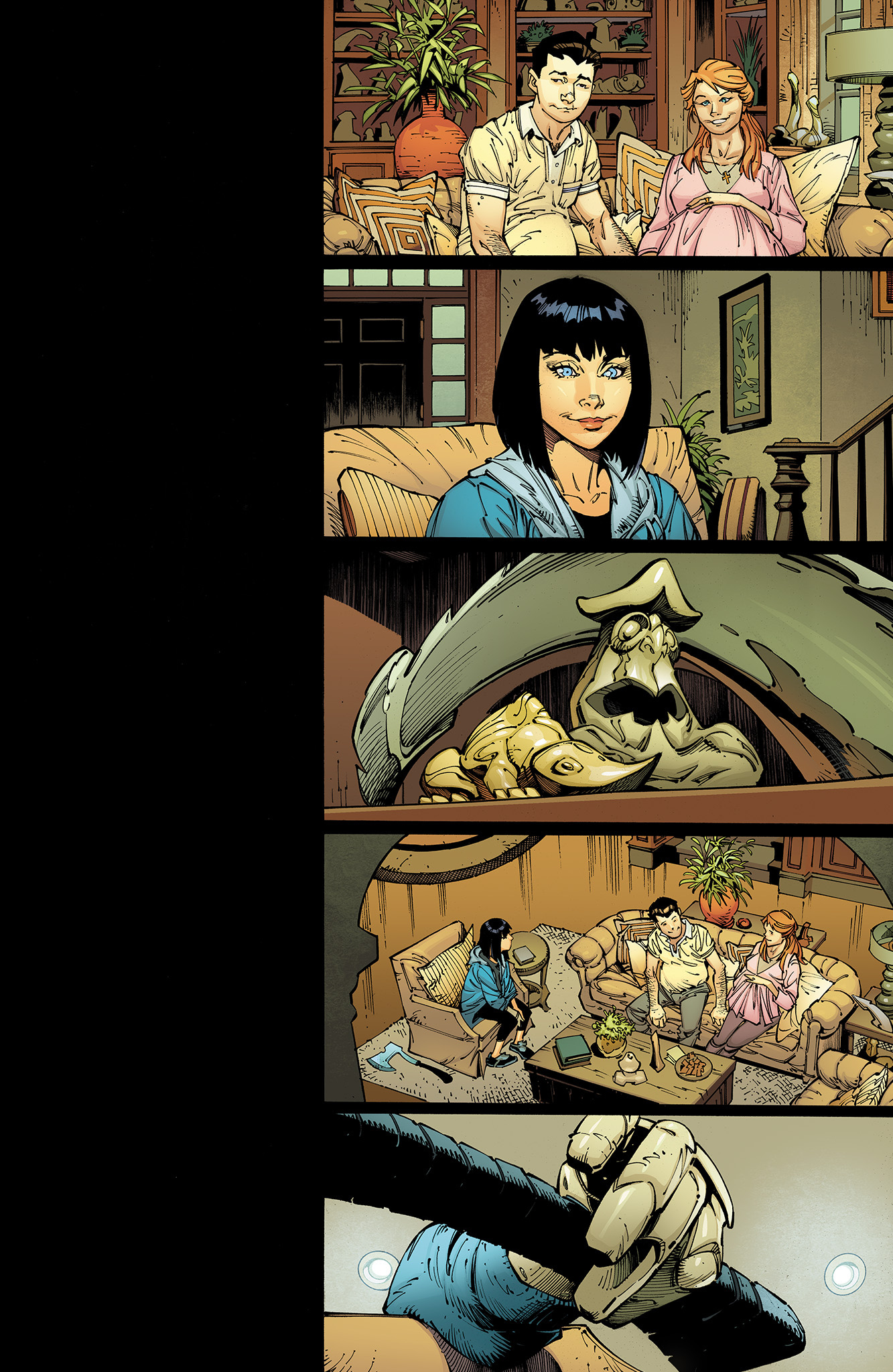




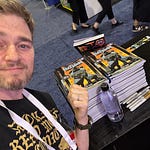
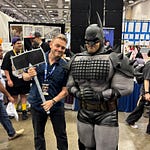



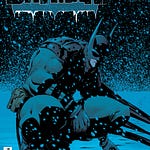
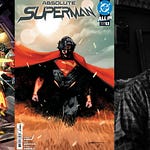
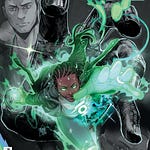
Share this post